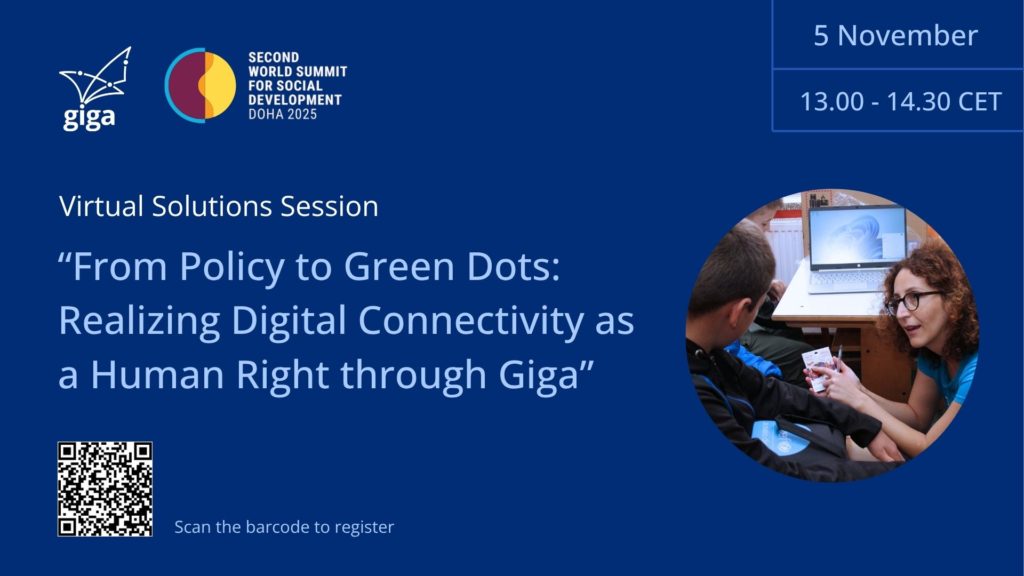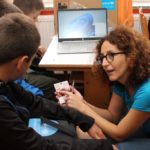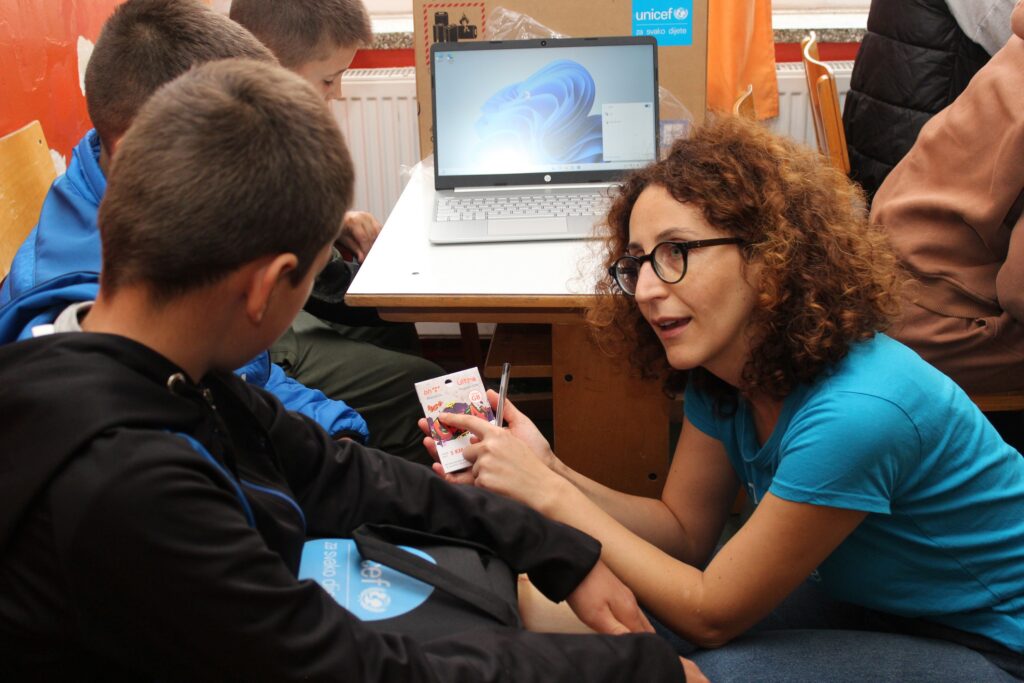
Context
As the world gathers for the Second World Summit for Social Development in Doha on 4-6 November 2025, the urgency to ensure digital inclusion as a cornerstone of social justice has never been greater. In today’s world, access to the internet underpins access to education, decent work, civic participation, and future-ready skills. Yet, millions of children remain offline, disproportionately affecting the most vulnerable communities.
Giga, the UNICEF-ITU initiative to connect every school to the internet, is addressing this gap by building school connectivity as foundational digital public infrastructure. Giga’s open-source tools, such as Giga Maps and the Giga Meter, enable transparency, accountability, and data-informed investments in digital inclusion. On the Giga platform, schools appear as either blue, red or green dots, depending on their connectivity status: symbols of progress toward the full realization of children’s rights.
This Solutions Session, co-organized by the Government of Bosnia and Herzegovina and UNICEF through Giga, will demonstrate how digital connectivity, when framed as a human right, drives inclusion, national policy integration, youth empowerment, and the creation of decent, future-fit jobs.
Why Digital Inclusion Matter
Digital inclusion is a prerequisite for development, equity, and economic resilience. When schools are offline, entire communities are cut off from knowledge, services, and participation in the digital economy. Lack of access deepens existing inequalities, limiting children’s chances of completing their education, accessing healthcare, or building livelihoods in a connected world. Public institutions, such as schools, play a critical role as entry points for connectivity that serve the many, not just the few. By anchoring infrastructure in education systems, digital inclusion efforts create lasting pathways to access information, public services, and opportunities. This is not about technology for its own sake; it is about securing a fairer, equitable, and more connected future.
Connectivity also accelerates progress toward outcomes for children. It strengthens access to education by enabling digital learning and remote teaching tools. It supports health outcomes by opening access to information, telemedicine, and health system planning. It improves child protection through digital identity and case management systems. It enhances social policy by making data available to improve targeting, inclusion, and accountability. Across all sectors, connectivity enables children and their communities to access opportunities and exercise their rights.
Objectives
- Showcase how school connectivity serves as a critical layer of digital public infrastructure that enables access to education, decent work, and social participation.
- Highlight the experience of Bosnia and Herzegovina in advancing school connectivity and integrating digital inclusion into national policy frameworks.
- Demonstrate the value of Giga Maps and the Giga Meter as open tools that enhance transparency, equity, and decision-making for governments and partners.
- Amplify youth voices from Bosnia and Herzegovina to reflect on the lived impact of connectivity and digital exclusion.
- Encourage new partnerships and commitments to expand school connectivity globally.


